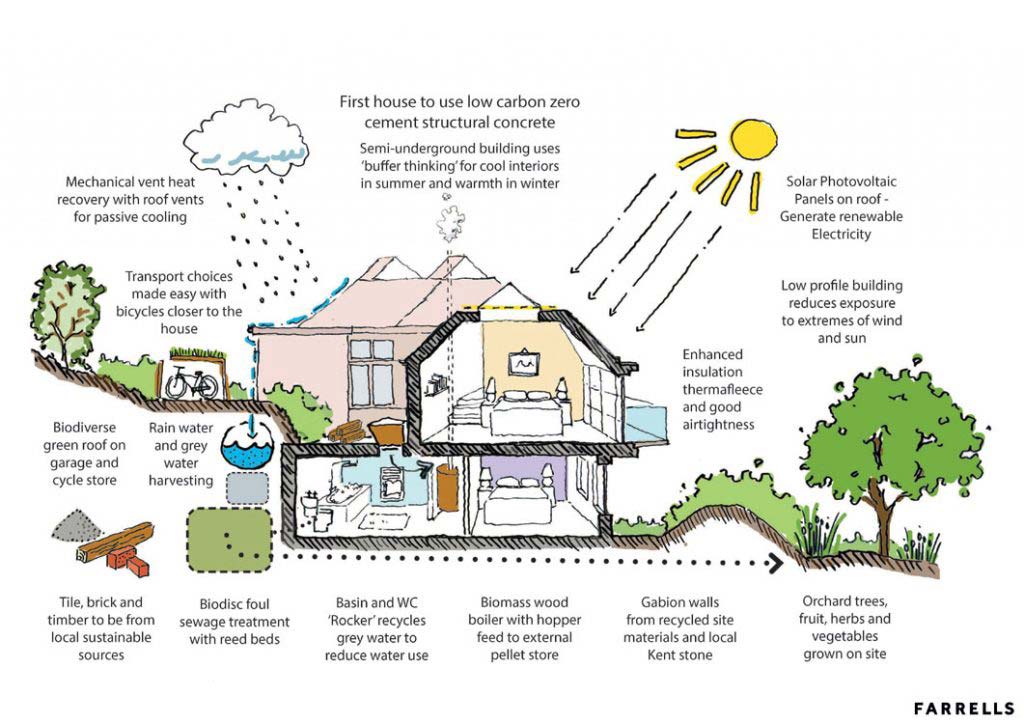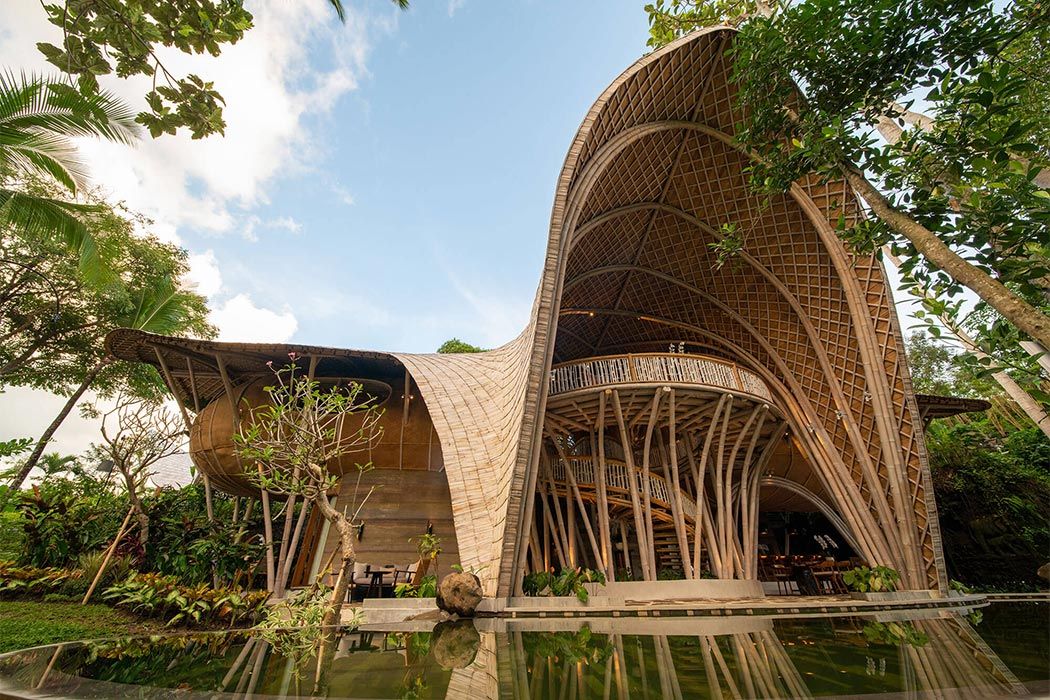Understanding Sustainable Building Principles
Building a greener home isn’t just about slapping solar panels on the roof; it’s a holistic approach that considers the entire lifecycle of the building, from material sourcing to demolition. Sustainable design prioritizes energy efficiency, resource conservation, and minimizing environmental impact. This involves careful planning and material selection, aiming to create a structure that’s both comfortable and environmentally responsible. It’s about creating a home that has a minimal carbon footprint and contributes positively to its surroundings.
Choosing Eco-Friendly Building Materials
The materials you choose are crucial for a sustainable home. Opting for recycled or reclaimed materials significantly reduces the demand for newly extracted resources. Consider using reclaimed wood for flooring or framing, recycled metal for roofing or fixtures, and bamboo, a rapidly renewable resource, for flooring or cabinetry. Locally sourced materials also minimize transportation emissions. Furthermore, prioritize materials with low embodied energy – that is, materials that require less energy to produce and transport. Researching material certifications, like Forest Stewardship Council (FSC) for wood, can help ensure responsible sourcing.

Optimizing Energy Efficiency
A well-insulated home is a key component of sustainable design. Proper insulation in walls, roofs, and floors minimizes heat loss in winter and heat gain in summer, significantly reducing the need for heating and cooling. High-performance windows with low-E coatings help further regulate temperature and reduce energy consumption. Consider incorporating passive solar design elements, such as strategically placed windows to maximize natural sunlight for heating and lighting. This thoughtful approach significantly cuts down on energy bills and reduces reliance on fossil fuels.
Harnessing Renewable Energy Sources
Integrating renewable energy sources is a crucial step towards a truly green home. Solar panels are a popular choice, converting sunlight into electricity to power your home. If your location allows, consider wind turbines or geothermal energy for heating and cooling. Even smaller-scale renewable energy options like rainwater harvesting for irrigation or greywater recycling systems for toilet flushing can make a considerable difference in reducing your environmental impact. Remember to factor in the long-term costs and benefits when choosing renewable energy solutions.
Water Conservation Strategies
Conserving water is another essential aspect of sustainable building. Install low-flow showerheads and faucets to reduce water consumption without sacrificing comfort. Consider using drought-tolerant landscaping to minimize the need for irrigation. Rainwater harvesting systems, mentioned earlier, can collect rainwater for non-potable uses such as irrigation and toilet flushing, significantly reducing your reliance on municipal water supplies. Proper plumbing design and the use of water-efficient appliances contribute further to water conservation efforts.
Designing for Indoor Air Quality
Indoor air quality is often overlooked, but it’s crucial for a healthy and sustainable home. Using low-VOC (volatile organic compound) paints, adhesives, and sealants minimizes the release of harmful chemicals into the air. Proper ventilation is essential for removing pollutants and ensuring fresh air circulation. Consider incorporating natural ventilation strategies, such as strategically placed windows and vents, to minimize reliance on mechanical ventilation systems. Plants can also help improve indoor air quality by absorbing pollutants.
Waste Management and Site Planning
Sustainable building extends beyond the structure itself. Careful site planning minimizes land disturbance and protects natural habitats. Implementing efficient waste management strategies during construction and operation is also critical. Recycling construction debris and diverting waste from landfills are essential for minimizing the environmental footprint of your home. Composting food scraps and yard waste can further reduce waste and create nutrient-rich soil for your garden.
Embracing Sustainable Living Practices
Building a sustainable home is only the first step. To truly live sustainably, it’s important to adopt eco-conscious habits. This includes reducing energy consumption by using energy-efficient appliances, practicing responsible water usage, and minimizing waste generation. Sustainable living is a continuous process that requires conscious effort and a commitment to minimizing your environmental impact. By incorporating sustainable practices into your daily life, you amplify the positive effects of your green home.
The Long-Term Benefits of Sustainable Design
While the initial investment in sustainable building materials and technologies might seem higher, the long-term benefits far outweigh the costs. Reduced energy and water bills, lower maintenance requirements, and increased property value are just some of the advantages. More importantly, you’ll be contributing to a healthier planet by reducing your carbon footprint and minimizing your environmental impact. A sustainable home isn’t just about saving money; it’s about creating a healthier, more environmentally responsible way of living. Read also about sustainable home design.











